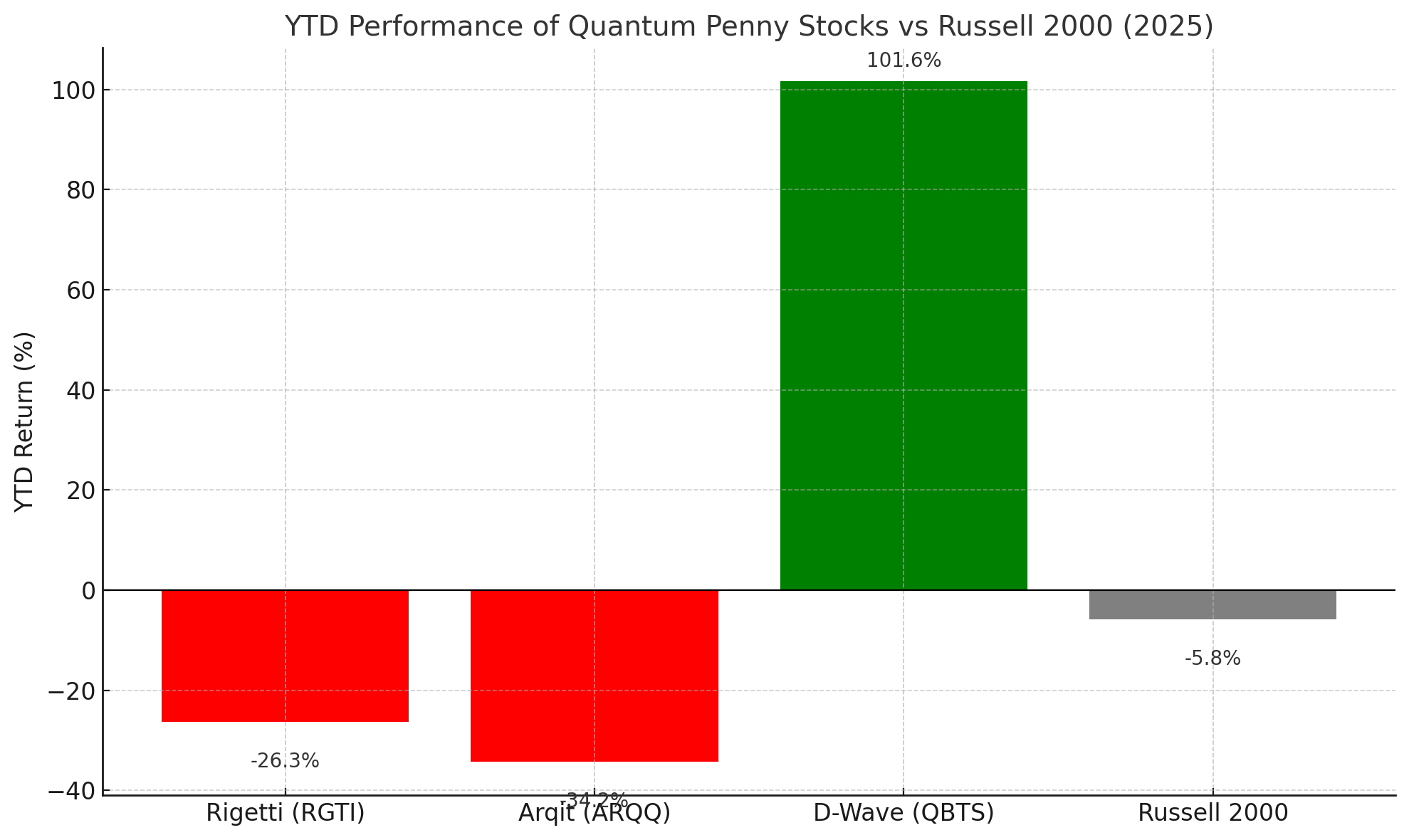Understanding the Consumer Price Index (CPI) in real estate is vital if you are a landlord or real estate investor. The CPI reflects how housing expenses—rent and utilities—impact inflation and property values. Additionally, the CPI can affect mortgage rates, making borrowing money cheaper or more expensive.
To be a successful real estate investor, you must make strategic investment decisions. So how can a grasp of CPI trends affect strategic decision-making, risk management, and real estate investments? Can you use the CPI to assess annual rent increases for commercial and residential tenants?
This guide to CPI explains how this financial metric is linked to the real estate industry. You will learn how CPI impacts:
- Property values
- Rental income
- Mortgage rates
What Is CPI?
The Consumer Price Index (CPI) measures the average change in prices urban consumers pay for goods and services over time. CPI in real estate is linked to changes in rent prices across the country. The metric also tracks price changes for everyday items like clothing, food, transportation, medical care, and energy.
The Bureau of Labor Statistics (BLS) releases monthly data on changes in the cost of living. Expressed as a single figure, the CPI is an aggregate of over 200 product and service categories and 80,000 individual items. Each category is weighted based on the monthly amount spent by U.S. consumers.
Analysts compare the current CPI data with figures from 12 months previous. This comparison is the main way to measure the rate of inflation.
You may also hear the term “core CPI.” This metric is a more consistent indicator of inflation. It excludes food and energy costs because these prices often fluctuate. Therefore, core inflation usually gives the most accurate picture of the economy’s health.
Why CPI in Real Estate Is Important
CPI in real estate investing is important for several reasons. First, inflation rates impact the financial health of housing markets and the wider economy, affecting property values, mortgage rates, and rental rates.
Additionally, rising inflation can make core operations more expensive. Higher expenses impact profits and investment returns.
How Is CPI Calculated?
The BLS calculates CPI data based on a basket of consumer goods and services. This “basket of products” includes common items consumers regularly purchase. It compares the current average cost of market basket products with the same period 12 months ago. The result is multiplied by 100 to determine the percentage.
Here is the calculation for CPI:
CPI = ([current market basket cost] ÷ [cost of market basket in prior year]) x 100
Using CPI, it is possible to determine the current inflation rate. Here’s how:
Inflation rate = ([current CPI] ÷ [old CPI]) ÷ [old CPI] x 100
When calculating CPI data, analysts consider different segments of the population, including:
- CPI-U population: This refers to U.S. consumers who live in urban areas and represents about 87% of the population.
- CPI-W population: This refers to workers who receive half of their income from wage or clerical occupations. This CPI metric covers about 32% of the population.
Key components of CPI
The BLS uses a huge basket of goods that the average U.S. household buys regularly. This helpful metric helps determine cost of living increases over 12 months.
Eight components make up the broad consumer spending categories. Basket items include groceries, transport, gasoline, consumer appliances, rent payments, and funerals.
Here is a brief description of the key CPI components:
- Housing costs: The cost of shelter includes rent paid to landlords and utilities included in the lease. Additionally, the BLS includes Owners’ Equivalent Rent (OER). This is the average implicit rent a homeowner would pay if renting. Also included are utility costs and hotel room rates.
- Food costs: This component includes all food items—groceries, dining out, snacks, meat, and nonalcoholic beverages.
- Apparel: Expenditure on all types of clothing and footwear. It also includes jewelry and baby clothing.
- Cost of transportation services: Transportation services include gasoline, airline fares, public transport, new vehicles, and auto insurance.
- Cost of medical care services: This component is divided into two categories: medical care commodities and medical care services. These include health insurance, medical supplies, and medicinal drugs.
- Recreation: This is a wide category that includes expenses related to entertainment. It covers everything from new televisions to concert tickets, toys, pets, and museum admissions.
- Education: This includes communication-related expenditures related to telephone services, internet, college tuition fees, and postage. It also includes computer software and accessories.
- Other goods and services: This broad category includes various personal care products, tobacco, haircuts, funeral expenses, and other personal services.
The largest component of CPI is shelter costs—about one-third of the market basket value. The BLS conducts market rent surveys on approximately 50,000 households. To maintain accuracy, they replace one-sixth of the sample annually. Since rental increases are infrequent, data is collected every six months.
Note that CPI only captures prices the end consumer pays. Another measure of inflation is the Producer Price Index (PPI). This metric calculates increases in prices in the early stages of production processes. For example, the PPI accounts for price increases paid by companies that make cardboard boxes, which are then sold to Amazon, DHL, and FedEx.
CPI in the Context of Real Estate
The Consumer Price Index directly impacts real estate investors. For example, CPI increases can mean higher interest rates and mortgage rates. Also, year-over-year CPI trends give insights into housing cost fluctuations, rental rates, and housing affordability. Therefore, property investors monitor CPI for inflation signals to guide investment strategies.
Real estate investors should note that rising mortgage rates often signal a robust economy. Usually, demand for goods and services results in an increase in prices. However, rising rates impact house prices, making buying a home more expensive. At the same time, rising interest rates affect real estate values.
Here’s how mortgage rates can affect demand in housing markets:
- Increasing mortgage rates: There may be strong demand for real estate. However, consumers may be hesitant to take out a loan. Increased interest rates may bump up rental prices.
- Decreasing mortgage rates: As mortgage rates fall, demand for property increases. However, if interest rates drop because of a poor economy, house prices will also plummet.
Let’s look in more detail at the impact of CPI in three areas of the housing market—real estate values, rental income, and mortgages.
How CPI impacts real estate values
The CPI influences real estate values because it’s one of the main measures of inflation. If the CPI rises, it means the current cost of living is increasing. These price rises lead to higher construction costs, property maintenance expenses, and interest rates. Combined, they can impact supply in the housing market.
Here are three ways CPI directly affects real estate values:
1. Supply and demand: Fewer real estate development projects limit supply. This increases demand for existing properties, making real estate assets more valuable.
2. Property appreciation: Property value appreciation keeps pace with inflation. Therefore, as the annual inflation rate increases, so do average home prices.
3. Hedge against inflation: Real estate investing is an excellent hedge against inflation. Therefore, investors may look to expand their portfolio to protect cash flow against future inflation increases. This can potentially increase demand and values in the real estate sector.
Relationship between CPI and rental income
A rise in the Consumer Price Index directly impacts rental income in several ways.
Rent increases generally keep pace with inflation. Depending on specific rental markets, rents can rise faster than inflation. Therefore, landlords enjoy higher revenues and increased real estate values. However, the opposite can happen.
Here are three ways CPI impacts rental income:
1. Demand for rental units: During periods of higher inflation and housing costs, more people turn to renting than buying. Therefore, landlords can increase average rents due to more demand.
2. Rent price increases: Most leases include annual rent increase clauses. Landlords can increase rent to keep their income in line with the higher cost of living.
3. Higher maintenance costs: Average rents may increase because inflation impacts maintenance costs. It can also increase prices for goods and services. Therefore, landlords can typically justify rent increases based on CPI.
How CPI affects mortgages
The CPI indirectly affects mortgages, making borrowing money cheaper or more expensive. Of course, mortgage rates depend on some factors you can control, like credit history and your credit report. However, inflation can impact interest rates because it affects the wider economy.
Here are four ways CPI affects mortgages:
1. Higher interest rates: High annual inflation rates weaken purchasing power. Therefore, everything is more expensive, including mortgages. Lenders also see increased costs, which they recoup through higher interest rates.
2. CPI affects buyer demand: Higher borrowing costs mean fewer consumers taking out mortgages. Typically, lenders increase interest rates to cover the drop in the prices of mortgage-backed securities.
3. Market expectations: Lenders can increase mortgage rates if they anticipate higher inflation. This helps compensate for a loss of purchasing power over time. Banks may also be worried about borrowers’ ability to repay their loans.
4. Economic monetary policy: The Federal Reserve may increase interest rates to curb inflation. Higher interest rates can help slow down the housing market to protect the wider economy from runaway inflation rates.
Use the BiggerPockets Mortgage Calculator to find the best financing deal for your next investment.
Final Thoughts
Knowing how CPI impacts real estate is crucial for successful investing. Insights into CPI trends can help you make strategic investment decisions. Inflation directly affects supply and demand for properties, property appreciation, rental income, and mortgage borrowing costs. Therefore, knowing how CPI works can help you adapt your real estate investing strategies. You can adjust to changing economic conditions in a dynamic housing market.
Ready to succeed in real estate investing? Create a free BiggerPockets account to learn about investment strategies; ask questions and get answers from our community of +2 million members; connect with investor-friendly agents; and so much more.
Note By BiggerPockets: These are opinions written by the author and do not necessarily represent the opinions of BiggerPockets.
















